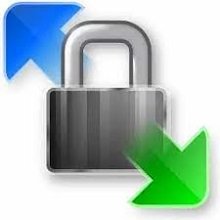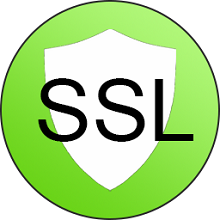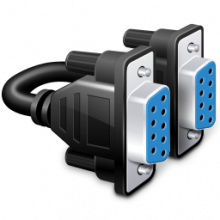Podman Desktop 1.10.2 Introduction
Podman Desktop 1.10.2 has been a through-and-through journey that has seen containerization escalate from shifting sands to becoming one of the cornerstones for today’s applications. This works magic in providing a lean and uniform environment for application deployment and dramatically streamlines the khănady associated with dependency management and system configurations. Among multiple container orchestration tools, Podman lands squarely as a potential competitor to Docker, especially by its features like rootless execution of containers. With the release of Podman Desktop 1.10.2, a quite user-friendly and dependable interface for running containers right on one’s PC becomes available. This article provides users with details about Podman Desktop 1.10.2, its features, system requirements, and ways of installation.
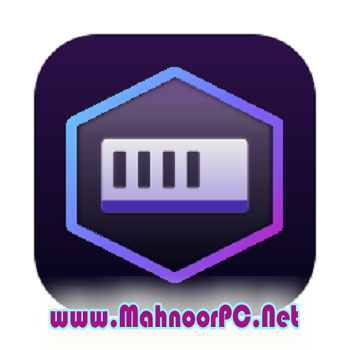
Podman Desktop 1.10.2 Description
Podman, or “Pod Manager,” is an open-source project that acts as a CLI for running and managing OCI containers and pods. Contrary to Docker, Podman has no central daemon, which makes it even more secure and flexible—for instance, it can be run in rootless mode. Podman Desktop is the graphical counterpart of the CLI, easing container management for the graphically minded.
Podman Desktop 1.10.2 brings incremental success in enhancements, performance improvements, and user-friendliness. The release targets the gap between the compelling functionality on offer through Podman CLI and the usability offered due to a graphical interface for developers and system administrators or DevOps professionals.
Overview
Podman Desktop 1.10.2 aims to make container management easy by providing a set of tools for both beginners and more advanced users. It creates, manages, and monitors containers and pods straight from the desktop environment. Primary features include management of the lifecycle of containers, handling images, configuration of networks, and much more. Users get an in-depth view of all running containers through the GUI, showing resource usage and current states.
You May Also Like :: Prime95 v30.19
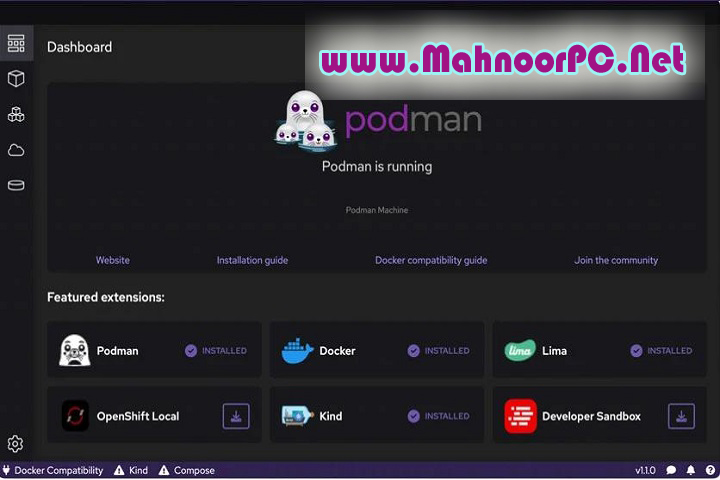
One of the unique features of Podman Desktop includes the seamless ability of a user to pull and push different images of containers across various registries. This extends to both public and private registries, therefore providing flexibility and security when working with container images. Furthermore, with Podman Desktop, one has comprehensive logging and monitoring, giving insight into container performance and other issues related to their execution.
Software Features
Podman Desktop 1.10.2 is packed with features to boost productivity and make container management a breeze:
User-Friendly Interface: A simple and intuitive interface for operating containers to decrease the learning curve from CLI-based management.
Rootless Containers: This provided an additional security enhancement through the ability to allow containers to run without root privileges, thus reducing potential attack vectors.
Integrated Registries: This will be for seamlessly integrating container registries for pulling and pushing images. It supports Docker Hub, Quay, or a custom registry.
You May Also Like :: NoxPlayer 7.0.6.0
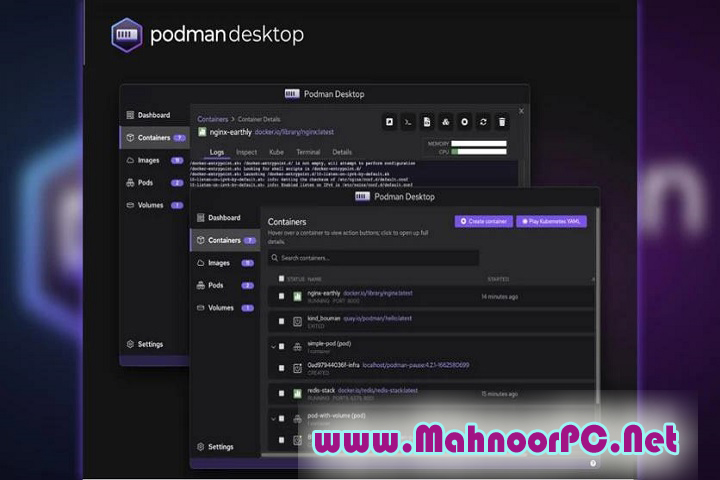
Container Lifecycle Management: Create, start, stop, restart, and delete containers in a full-lifecycle manner.
Image Management: Commands for pulling, pushing, tagging, and deleting container images; detailed information about layers of images and metadata.
Pod management: That is, creating and managing pods, thereby enabling users to group different containers in the same network namespace.
Resource Monitoring: Real-time monitoring of their resource usage can be done for containers. These resources include CPU, memory, and Networking statistics.
Logging and debugging: With this, detailed logs of every container can be viewed, which is helpful for troubleshooting and system performance tuning.
Network Configuration: It comprises several tools that manage container networks, like bridge and overlay networks, and inspect network settings.
Volume Management: Create, manage, and mount volumes that make a container’s storage persistent.
How To Install Podman Desktop 1.10.2
Installation of Podman Desktop 1.10.2 is quite user-friendly and is available for installation on most operating systems. On a Windows PC, the steps are detailed as follows:
Prerequisites:
Ensure your system meets the minimum requirements detailed in the next section.
Install the latest version of Podman CLI if it’s not already installed.
Download Podman Desktop:
Go to the Podman Desktop GitHub releases page.
Download the Windows installer – usually a .exe file.
You May Also Like :: Paisa Personal Finance Manager 0.6.6
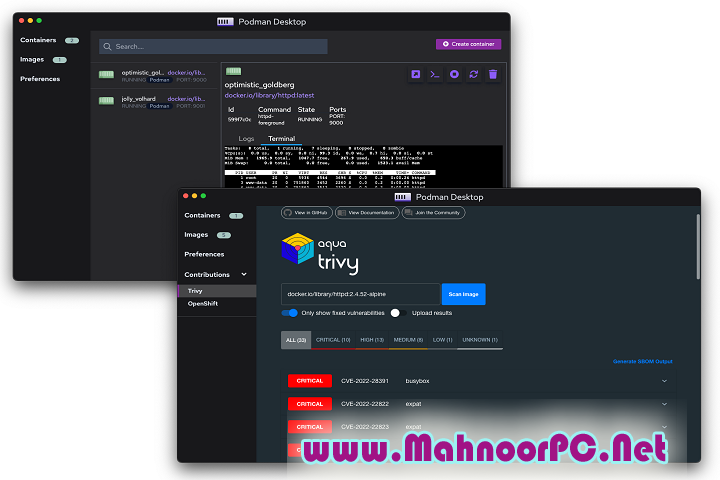
Installation:
Run the downloaded installer.
Follow the onscreen instructions to complete the installation procedure.
This installation may require administrative privileges.
Launch Podman Desktop:
After that, start Podman Desktop from the Start menu or use a desktop shortcut.
Set up the initial configuration—this includes logging in to your Podman CLI and setting up container registries.
Verify Installation:
Check the status of your local containers and images to ensure that Podman Desktop is correctly connected to your Podman CLI.
System Requirements
To run Podman Desktop 1.10.2 efficiently, your system should meet the following minimum requirements:
Operating System: Windows 10 or later, macOS 10.15 or later, or a modern Linux distribution.
Processor: 64-bit processor.
Memory: at least 4 GB RAM.
Storage: It will require at least 500 MB of free disk space for the installation itself and a bit more for containers and images.
Dependencies: Podman CLI with the latest version recommended. Internet connectivity, for downloading container images and updates.
Download Link : HERE
Your File Password : MahnoorPC.Net
File Version & Size : 1.10.2 | 227.84 MB
File type : compressed/Zip & RAR (Use 7zip or WINRAR to unzip File)
Support OS : All Windows (64Bit)
Virus Status : 100% Safe Scanned By Avast Antivirus

